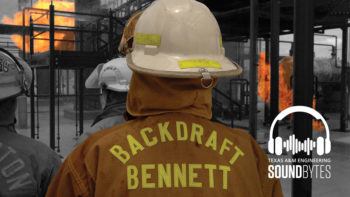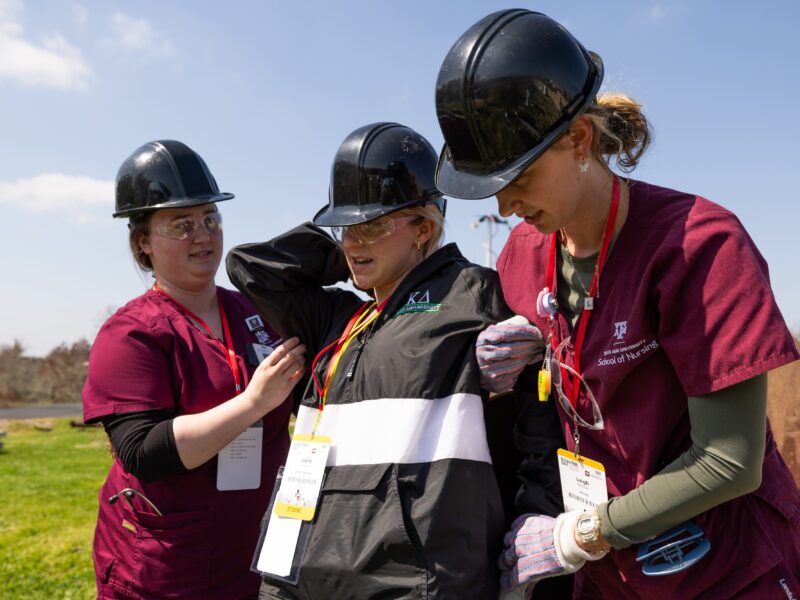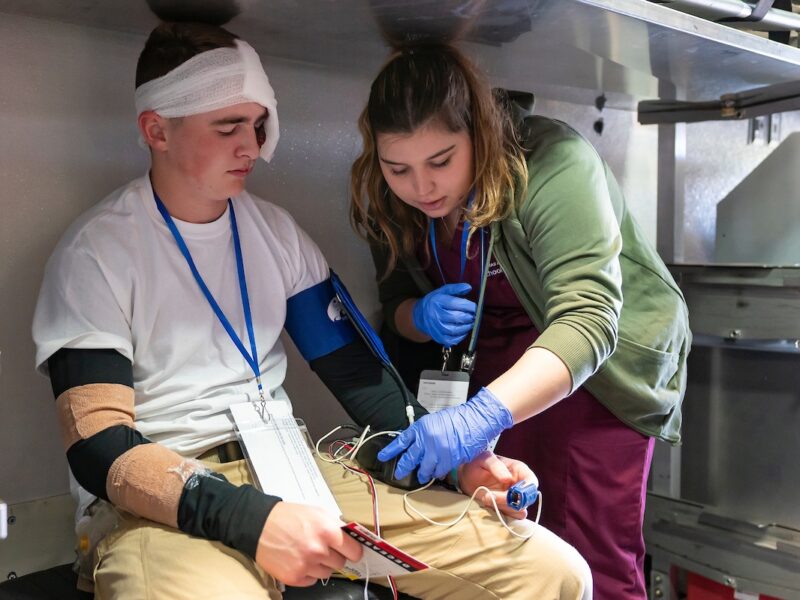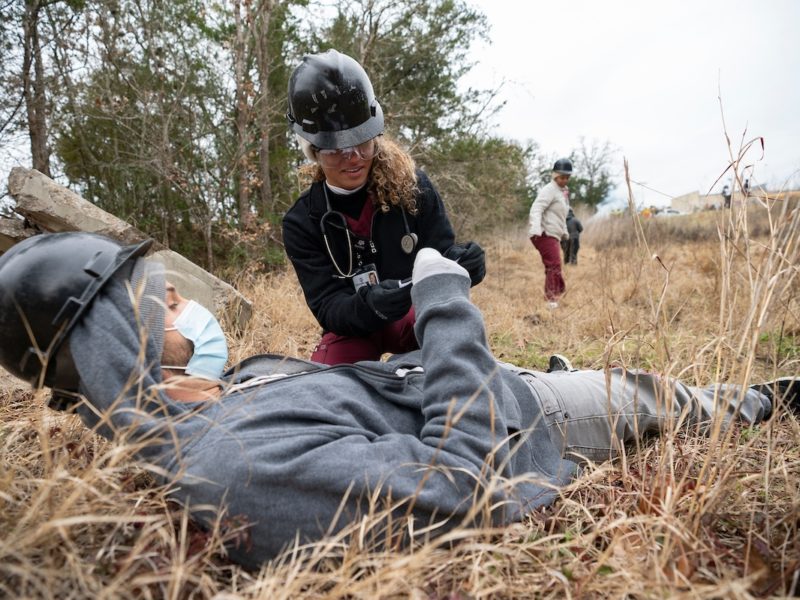Disaster City And Responding To 9/11

The terrorist attacks on Sept. 11, 2001, will forever live in the minds of many, especially those who aided in the rescue and recovery operations. Kem Bennett, senior professor in the Wm Michael Barnes ’64 Department of Industrial and Systems Engineering at Texas A&M University and vice chancellor and dean emeritus in the College of Engineering, was among those who arrived in New York with Texas Task Force 1. That harrowing experience challenged the team and further proved the need for the training facility designed and opened in 1998 — the now world-renowned Disaster City.
Disaster City, a 60-acre emergency response training facility in College Station, has prepared people representing every U.S. state and territory and more than 100 countries. Bennett played a major role in founding the facility, which is made up of a variety of “props,” structures that allow responders to train through different rescue and recovery simulations.
“We have buildings and roofs caved in and walls in various locations where firefighters and responders have to train to move through tight spaces and use tools to cut through concrete and steel,” Bennett said. “These are very skilled people. You just don’t run and say, ‘I’m here to help you.’ You have to have a lot of skills. And Disaster City allows them to hone those skills, learn those skills and then apply them at the same time.”
When Texas Task Force 1 was called to respond to Ground Zero after 9/11, Bennett said the team was prepared thanks to training at Disaster City, but the impact on the responders was an overwhelming one initially.
“I know for myself, when you first arrive and see the site. It stops you in your tracks. I think everybody just stopped in awe and looked. I never saw such massive destruction in front of me,” Bennett said. “Seeing that just was overwhelming for me. But then as soon as you go through that emotion, probably within seconds, your head’s back in the game, if you will, and you know why you’re there and you just do your job.”
These comments are part of a larger conversation. To hear more, listen to this Engineering SoundBytes podcast episode on any major audio platform or on our BuzzSprout Homepage.
This article originally appeared on the College of Engineering website.





